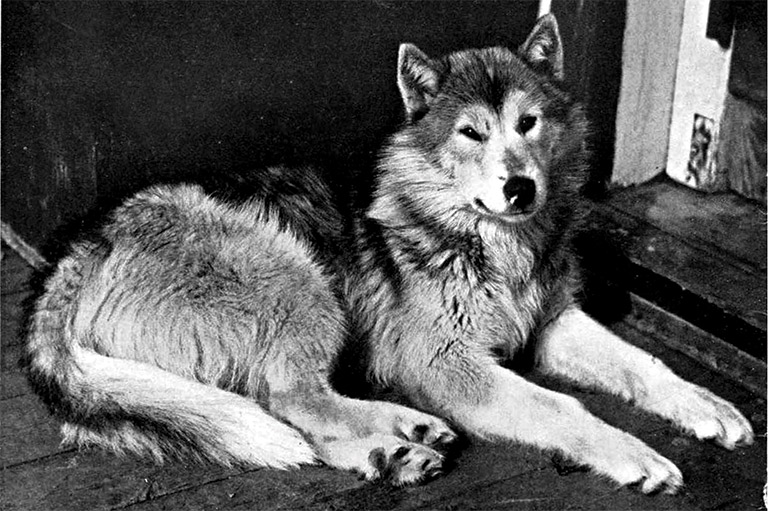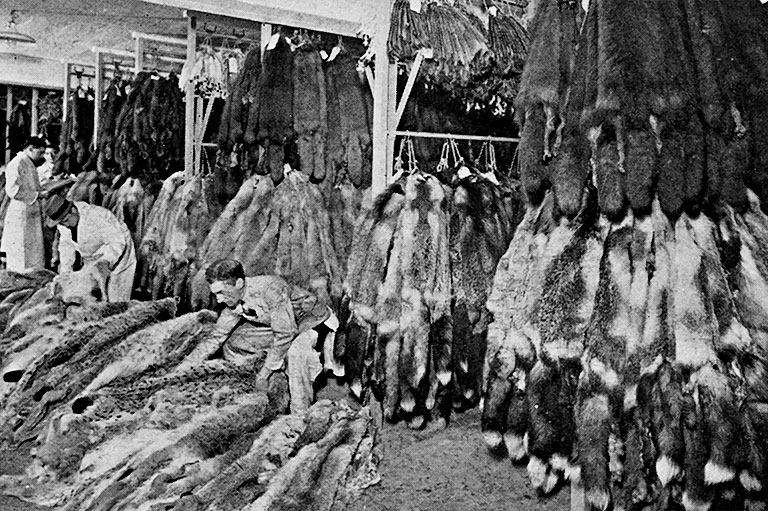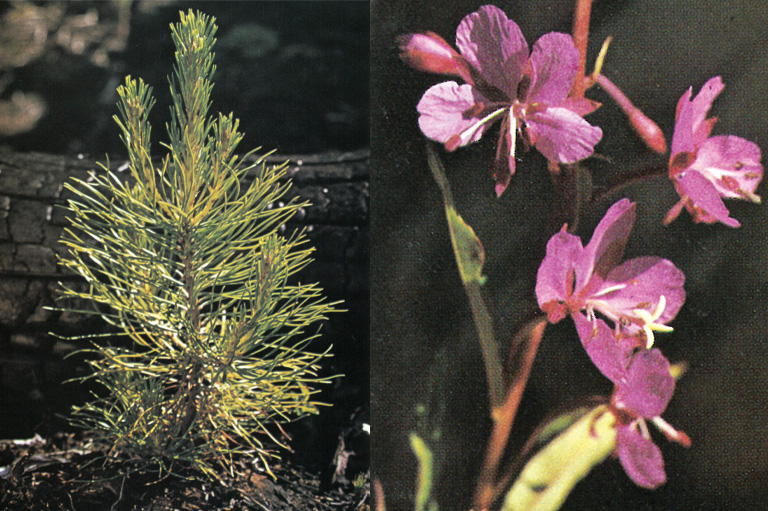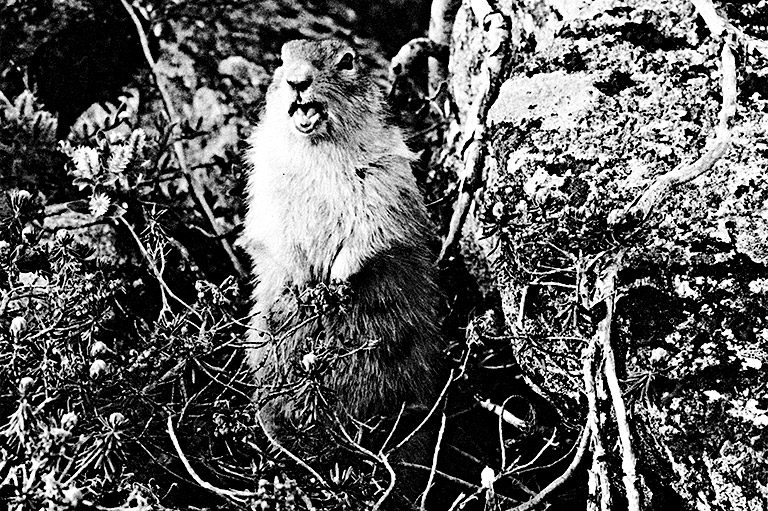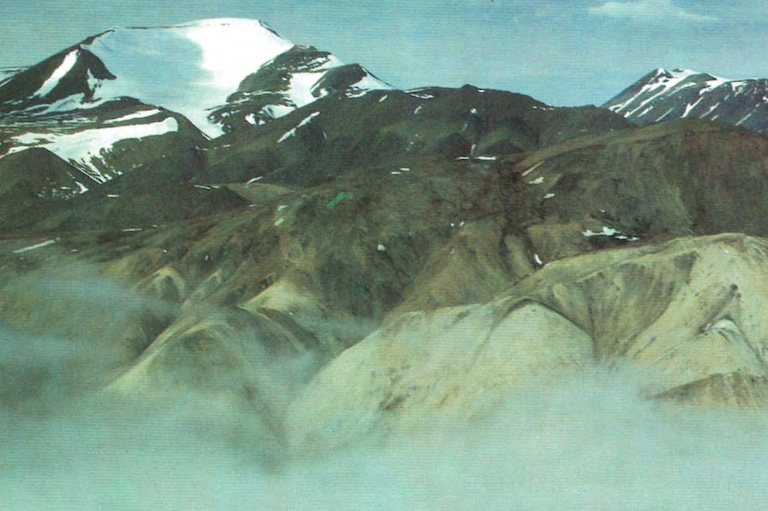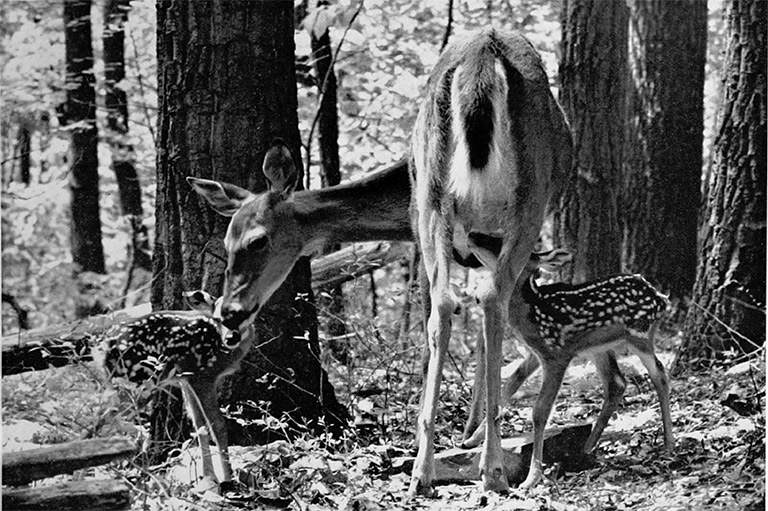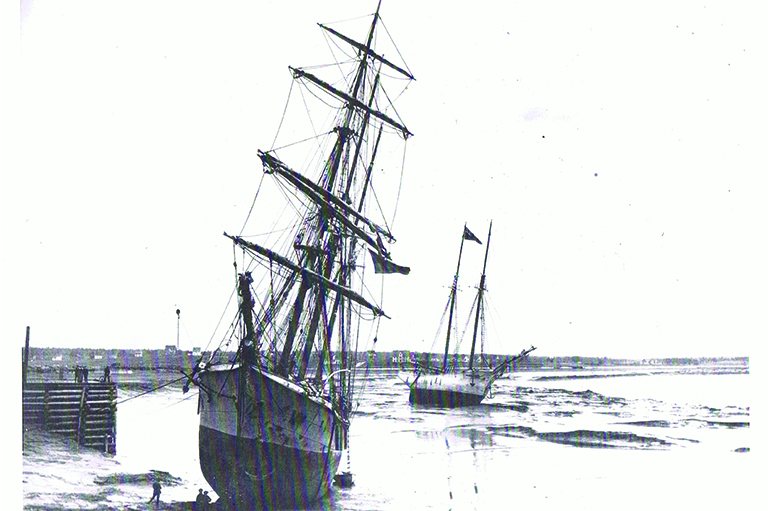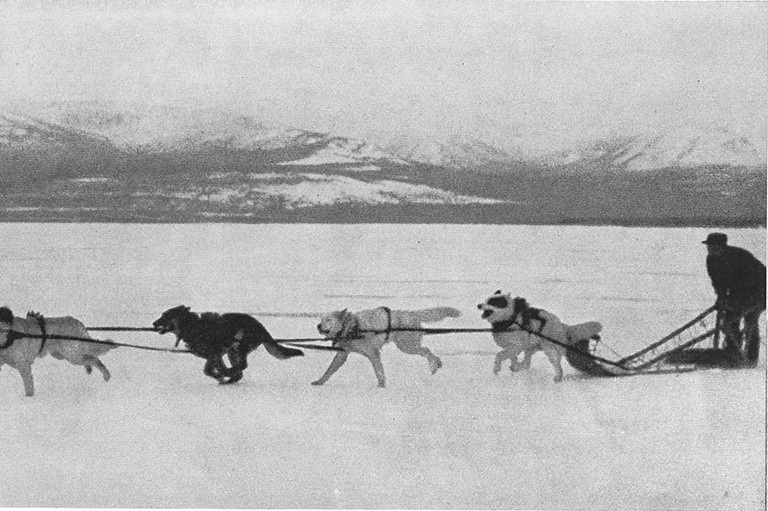Wonderful Wetlands
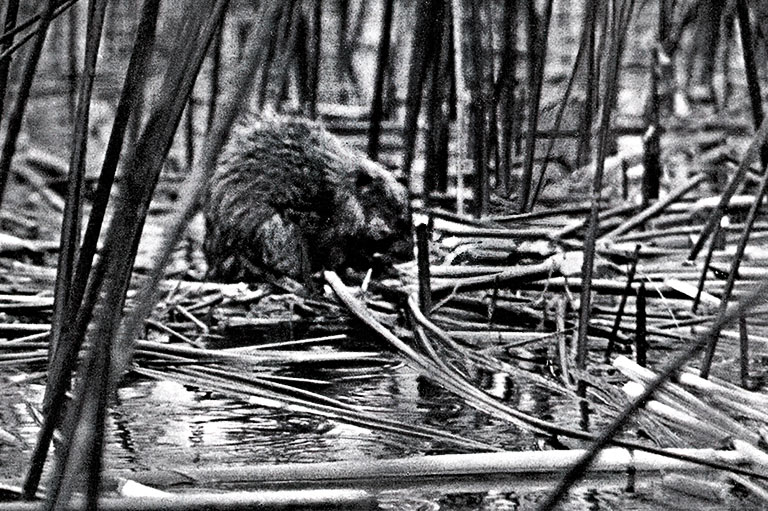
In one of her last assignments for the Hudson’s Bay Company, famed American photographer Lorene Squire wrote about and photographed the comings and goings of wildlife in a Manitoba marsh for the December 1940 issue of The Beaver.
At the time, Squire’s career was rising, and she enjoyed a solid reputation as one of North America’s premier wildfowl photographers. Her photographs appeared in Life magazine and in other publications.
This was an era when capturing birds on the wing was extremely challenging, given the limited camera technology of the time. Her 1938 book, Wildfowling with a Camera, described the painstaking efforts she went through to get her shots.
While Squire’s reputation was as a photographer, the article “Dwellers in the Marsh” indicates that she was a fine writer, too.
She describes a trip to Steeprock Marsh, about 540 kilometres northwest of Winnipeg. The marsh was then owned and managed as a muskrat sanctuary by the HBC. Driven there by an HBC staff biologist and his wife, Squire was soon paddling down the Moose River at sundown with sanctuary manager Bill Blowey. “If we’re going to get pictures, there’s not going to be much talking in this canoe,” Blowey warned.
Squire describes Blowey, an old-time muskrat trapper from England, as having a close and personal acquaintance with the marsh creatures. After she used the blinding light of a flashbulb to capture “a startled muskrat in the twilight,” she writes, Blowey “uttered a smothered exclamation” — a polite way of saying he swore under his breath. “Those flashbulbs are likely to scare everything out of the creek,” he admonished her.
With 7 uniquely curated newsletters to choose from, we have something for everyone.
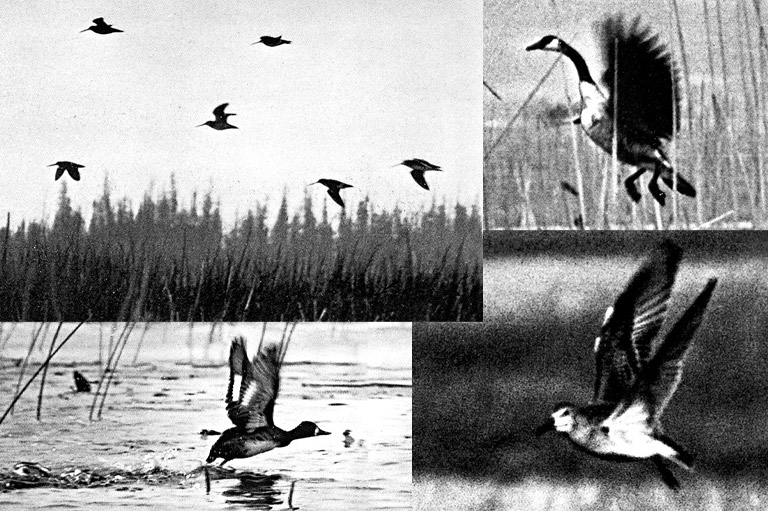
In her article she confessed that one of her ambitions was to photograph a snipe, a small well-camouflaged marsh bird. “I have spent years and years wading through wet bogs and meadows and marshlands putting up jacksnipe and getting no more than a blank piece of film for my pains.” She in fact managed to capture a few blurry images of the elusive bird.
Squire had better luck creating pictures with words. Of a community of muskrat families that made an abrupt appearance, she wrote: “The banks of the creek seemed suddenly to come to life like a city street at the beginning of day.” Squire expressed the hope that she would one day return to the marsh. Sadly, that day never came — she died in a car crash in 1942 at the age of thirty-two.
While we celebrate Earth Month every April, it's important to remember our impact on nature and the environment every day. The First Nations, Inuit and Metis of Canada understood the importance of living in harmony with nature, and shared that knowledge with new arrivals as early as the 15th century.
If you believe that stories of climate and nature, and their impacts on early Canadians, should be more widely known, help us do more. Your donation of $10, $25, or whatever amount you like, will allow Canada’s History to share Indigenous stories with readers of all ages, ensuring the widest possible audience can access these stories for free.
Any amount helps, or better yet, start a monthly donation today. Your support makes all the difference. Thank you!
Themes associated with this article
Advertisement
You might also like...

Canada’s History Archive, featuring The Beaver, is now available for your browsing and searching pleasure!

